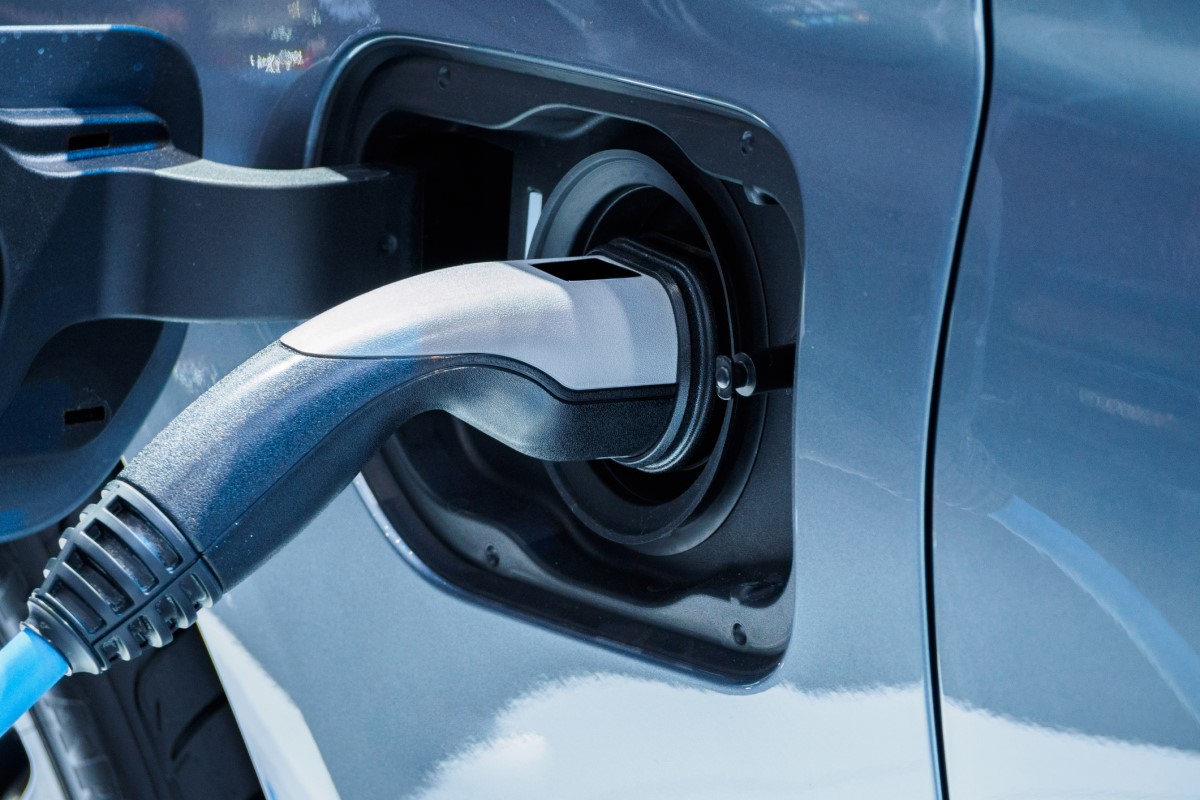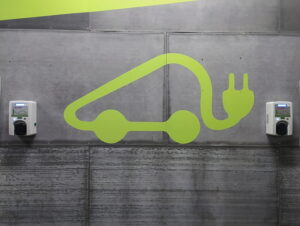
A lot of factors are part of a well-planned community development: where the schools will be located, how many homes will be built, the exact number of Starbucks required to give residents their caffeine fix and more. But many cities and states are having to now take into account a new factor: the rate of electric vehicle (EV) adoption. Electric utilities are in the midst of planning for long-term effects of rising EV usage and how the increased load will affect the grid.
When the grid was originally built, EVs were not a component of a typical home. Forecasts predict EV adoption to quickly increase in the years to come. According to a recent study completed by the National Renewable Energy Laboratory, there will be 30 million to 42 million EVs on U.S. roads by 2030. Additionally, the same study cites that nearly 27 million Level 1 and Level 2 charging stations will be needed at homes, apartments and other residential locations. As of mid-2023, approximately 1.5 million chargers are available.
With more incentives in place to encourage drivers to make the switch from vehicles powered by internal combustion engines, actual adoption numbers may surpass forecasts. In an effort to increase the number of publicly accessible EV chargers, the Bipartisan Infrastructure Law made available $5 billion in grants. The law also introduced a tax credit for EV owners that covers 30% of the cost to install a charger at home (up to $1,000 per unit). Commercial businesses are also incentivized to install chargers by utilizing a credit worth 6% of the cost of installation (up to $10,000 per unit).
Additionally, many cities and states have established decarbonization goals in an effort to reduce or eliminate fumes that come from gasoline-fueled vehicles. California has committed to cutting air pollution by 71% and slashing greenhouse gas emissions by 85% by 2045. The U.S. has established a long-term strategy of achieving net zero greenhouse gas emissions by 2050. 
With the introduction of these initiatives and similar initiatives across the country, electric utilities will need to prepare to accommodate a growing load that will burden the grid. Systematically predicting the locations of future EV chargers requires a thorough evaluation of a utility’s footprint along with customer demographics. It will be quite the undertaking.
One solution to help accommodate rising demand is for utilities to leverage managed charging programs that can regulate the times people can use EV chargers. EV owners would have to grant the utility permission to charge their EV at controlled intervals throughout the day to prevent a significant load on the grid. However, many EV owners may need to be convinced to give up some of their control in the interest of keeping the grid reliable for all in the community. Utilities could consider offering financial incentives to make the trade-off more enticing.
The preparations made by utilities today are largely based on the forecasted EV adoption rate. EV specialists are basing these models on a variety of data including how adoption rates might be influenced by political alignment, income, education, and consumer behaviors and sentiments. These trends are then coupled to different rates of adoption, from slow to moderate to aggressive growth. Detailed analysis of existing circuits and infrastructure helps to determine what critical assets will need to be updated. Heavily populated areas — or, more specifically, communities that have a large number of homes that could potentially house an EV charger — are also being examined as prime places to increase the number of charging assets in the area.
EV adoption will continue to grow as manufacturers look to solve the worries plaguing many drivers today. A major challenge the EV industry is facing is the lack of accessible public chargers, especially for drivers attempting a long-range road trip. Manufacturers may continue to improve technology to increase the ability of EVs to both charge faster and travel farther per charge.
A large amount of capital will eventually be needed to accommodate this demand, with targeted investments made to see that the demand can be met effectively. Many utilities will need to strategically plan for larger capacity transformers and upgraded distribution feeders.
Many utilities are engaged in five-year planning cycles for distribution capital investments. As EV adoption continues to rise, capital plans to strengthen and build out the grid will need to be implemented to reliably support the increased demand from EV charging.
The transportation industry is poised to face a dramatic shift in the coming years, and utilities need to make infrastructure investments today to prepare for the challenges that face the grid tomorrow.

Joshua Loyd is a senior consultant with 1898 & Co., part of Burns & McDonnell. He has extensive experience supporting clients by developing vehicle electrification roadmaps and identifying grid system impacts from electric vehicle charging.

Michael Cote is a utility consulting project manager with 1898 & Co., part of Burns & McDonnell. He specializes in advising electric utility clients on complex investment and operational decisions to better prepare the grid for future challenges and transformations.
1898 & Co. is a Solution Provider member of Utility Analytics Institute. Check out UAI Communities and become a member to join the discussions at Utility Analytics Institute.















